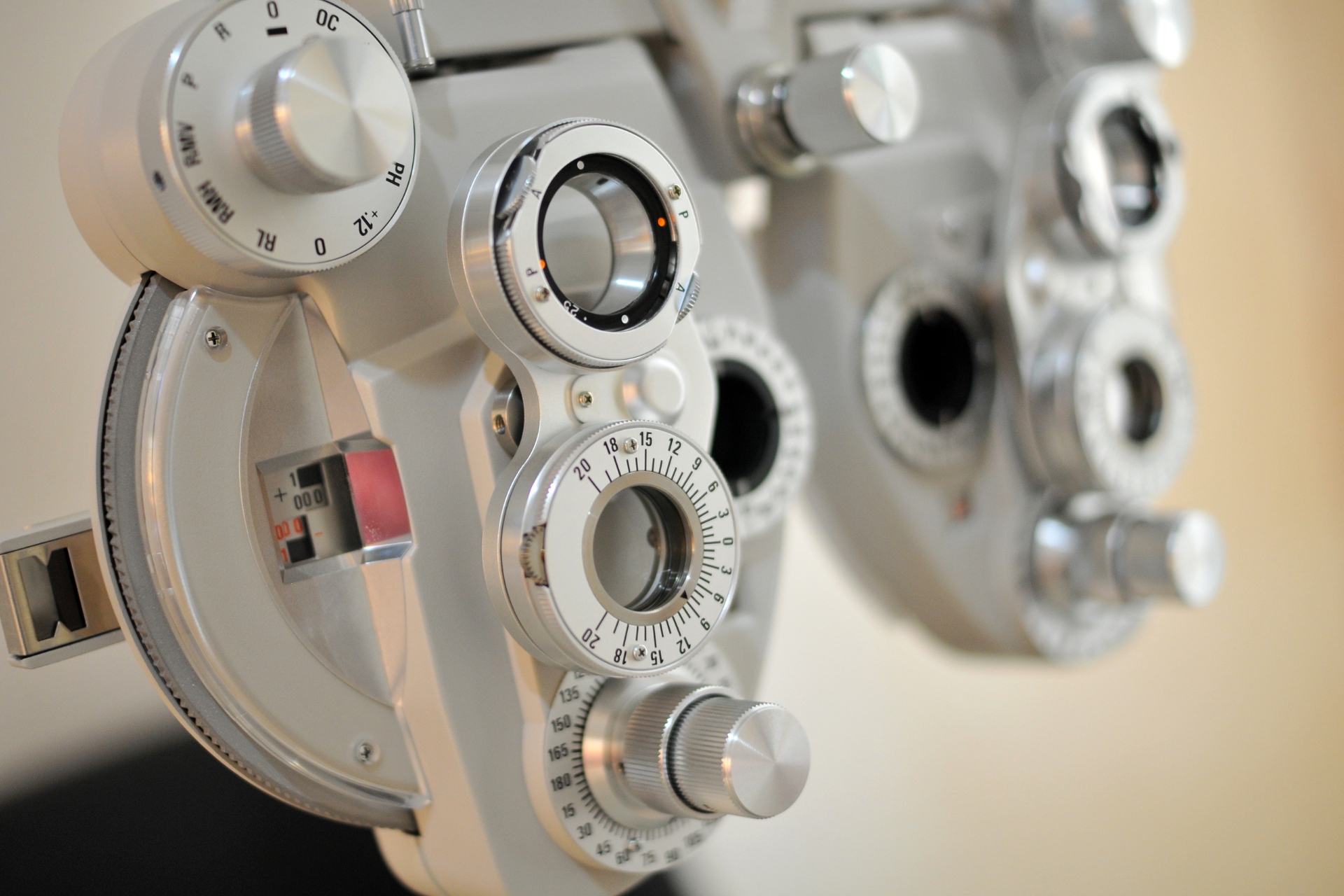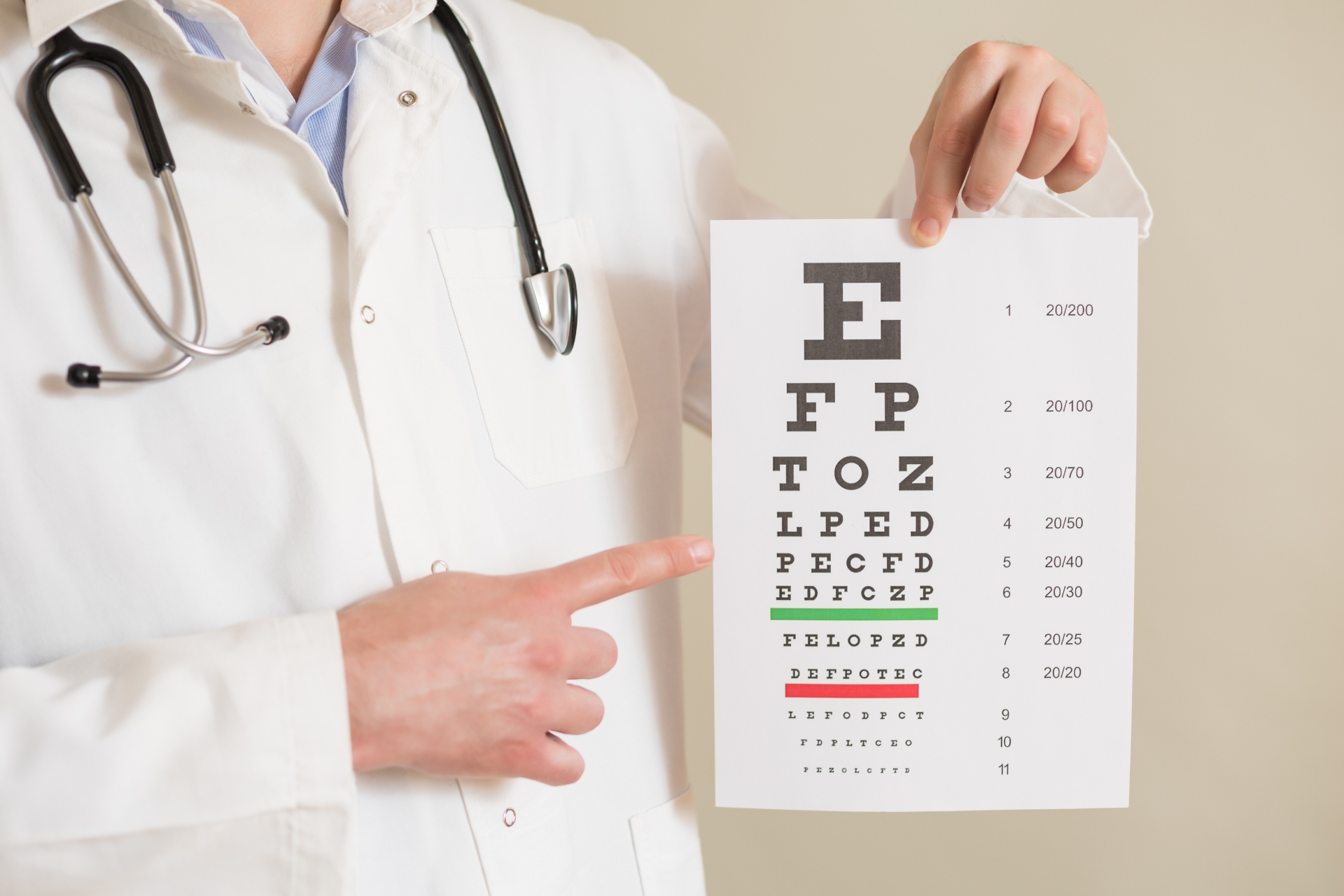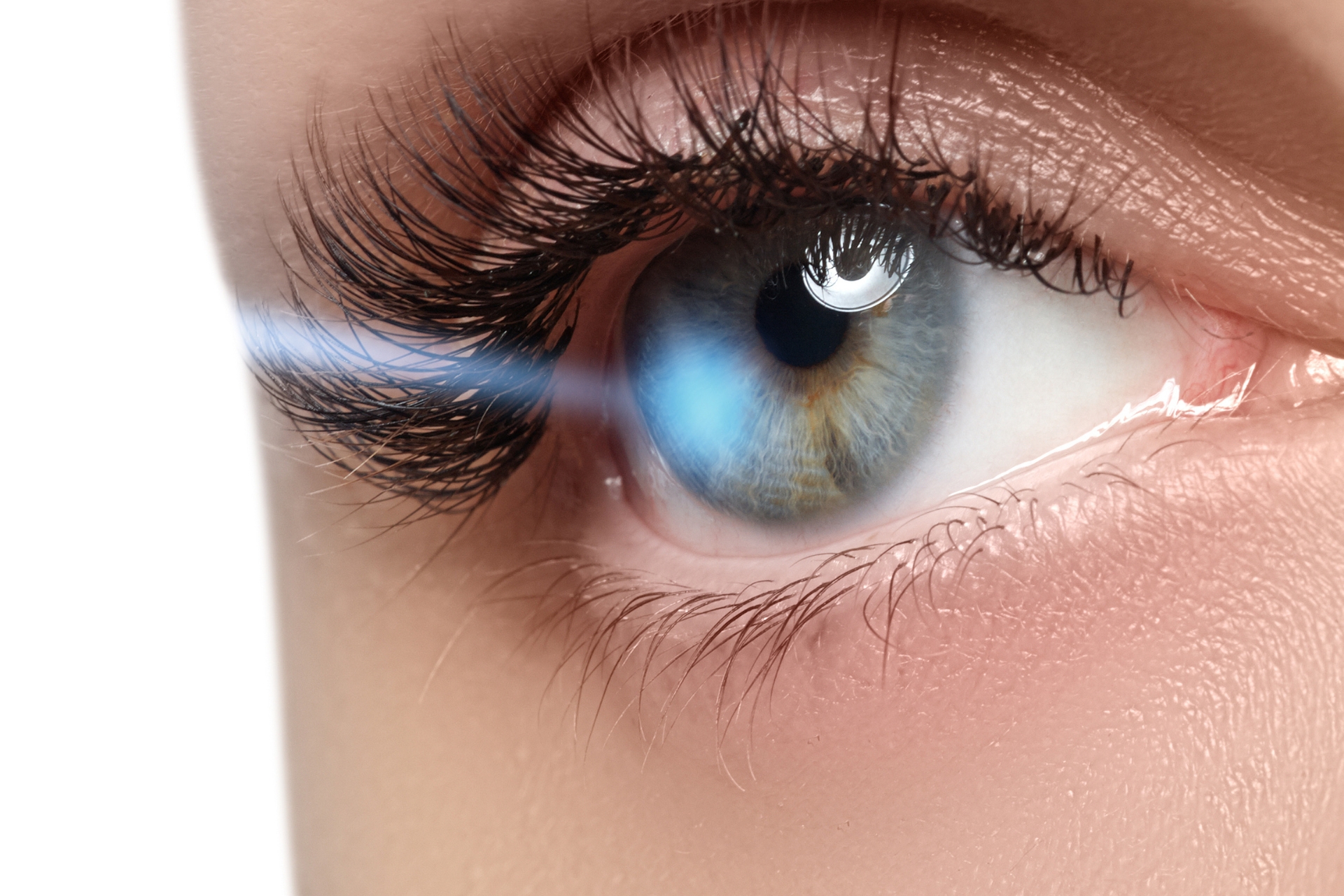

In recent years, the integration of technology into healthcare has transformed various fields, and eye care is no exception. One of the most significant advancements in this realm is the use of artificial intelligence (AI) to diagnose eye diseases. The Optometrist in Baltimore, MD is leading the charge in utilizing these innovative technologies to enhance patient outcomes and streamline the diagnostic process. As we delve into the impact of AI on eye care, it becomes clear that this technology not only improves accuracy but also allows for earlier detection and better management of eye-related conditions.
Artificial intelligence refers to the simulation of human intelligence processes by machines, particularly computer systems. In eye care, AI applications include image analysis, pattern recognition, and predictive analytics. These capabilities allow optometrists and ophthalmologists to process vast amounts of data quickly and efficiently, leading to more informed decision-making. The importance of early detection in eye diseases cannot be overstated; conditions such as glaucoma, diabetic retinopathy, and age-related macular degeneration can lead to severe vision loss if not identified and treated promptly.
One of the most impressive uses of AI in eye care is its ability to analyze retinal images. Using deep learning algorithms, AI systems can assess high-resolution images of the retina to detect abnormalities that may indicate disease. For instance, studies have shown that AI can match or even surpass the diagnostic accuracy of human specialists in identifying diabetic retinopathy from retinal scans. This is particularly important in areas where access to trained eye care professionals may be limited. By harnessing the power of AI, practices like Clarity Eyecare can provide high-quality diagnostic services to a broader population, ensuring that more individuals receive timely care.
Moreover, AI-driven tools are being developed to assist in predicting patient outcomes based on historical data. By analyzing factors such as patient demographics, medical history, and lifestyle choices, these tools can forecast the likelihood of disease progression and the potential effectiveness of various treatment options. This predictive capability allows optometrists to tailor treatment plans to individual patients, enhancing the effectiveness of care while potentially reducing unnecessary interventions.
The implementation of AI technologies in eye care also extends to telemedicine. As remote consultations become increasingly popular, AI can facilitate more efficient evaluations of patients’ eye health from the comfort of their homes. For example, AI-powered mobile applications allow patients to perform basic eye tests and upload their results for review by their optometrist. This not only improves accessibility but also encourages proactive engagement in personal eye health, making it easier for patients to seek care when needed.
However, the integration of AI in eye care is not without its challenges. Concerns regarding data privacy, the need for regulatory oversight, and the potential for over-reliance on technology must be addressed. Ensuring the security of patient information is paramount, especially as AI systems rely on large datasets to train algorithms. Additionally, while AI can enhance the diagnostic process, it is essential that human expertise remains at the forefront of patient care. Optometrists must interpret AI-generated findings within the context of their clinical experience, using technology as a tool rather than a replacement for professional judgment.
Education and training for eye care professionals are also critical as AI continues to evolve. Optometrists must be well-versed in the capabilities and limitations of AI technologies to effectively incorporate them into their practice. Continuous professional development and collaboration with technology developers can help practitioners stay informed about the latest advancements and best practices in AI application.
As we look to the future, the role of artificial intelligence in eye care is poised to expand significantly. Innovations such as AI-assisted surgical procedures, real-time monitoring of eye health through wearable technology, and enhanced patient management systems are on the horizon. These developments promise to further revolutionize the field, making eye care more efficient and effective.
In conclusion, the integration of artificial intelligence in eye care represents a transformative shift in how eye diseases are diagnosed and managed. With practices like Clarity Eyecare at the forefront, patients can expect improved access to high-quality care, earlier detection of conditions, and personalized treatment plans that enhance overall outcomes. As technology continues to advance, the future of eye care looks brighter than ever.







